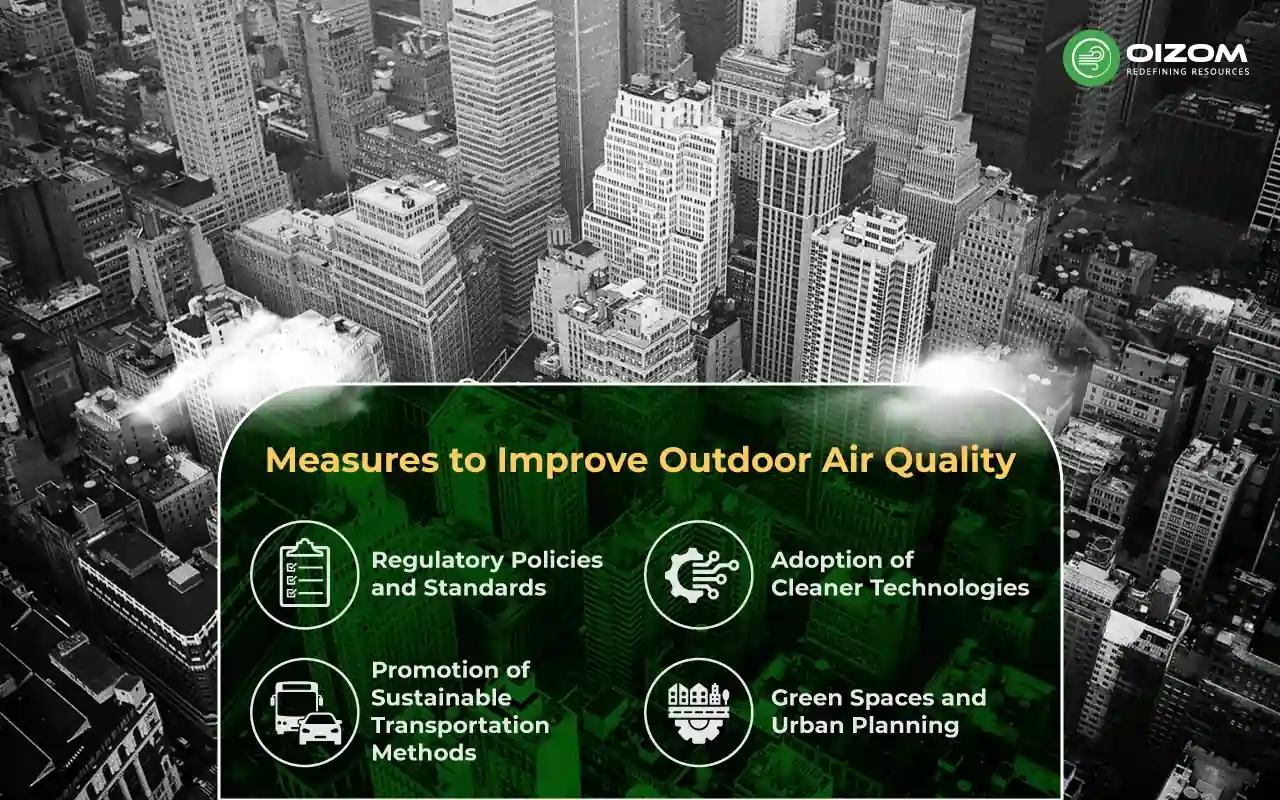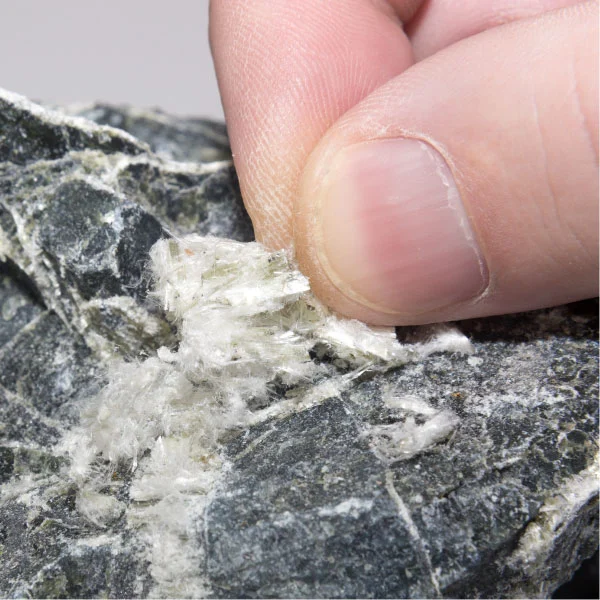Outdoor air pollution is widely seen as a relatively new concern. It is one of the greatest environmental risks to humans as well as to flora and fauna. Most people believe air pollution began with the Industrial Revolution in the late 1800s and peaked with gasoline-powered vehicles. Almost every living organism on Earth breathes in some way, including trees and plants. While everyone breathes, not everyone breathes pure air. Due to human activity and natural factors, toxic elements can enter our atmosphere, the layer of gases surrounding our planet. This air pollution may endanger our health and quality of life.
Concerns about air quality have existed for a long time. In the 13th century, King Edward I of England took steps to prevent people from burning sea coal, which produced heavy smoke that mingled with London’s characteristic fog to form a dense haze over the surrounding area. In 1952, a severe air pollution incident in London resulted in so much bad air that tens of thousands of people perished within a few weeks. This was vividly documented in the Netflix series “The Crown.” However, this blog will discuss the natural factors contributing to the worst outdoor air quality, impacting poor air quality, with the various measures to improve outdoor air quality.
Natural Factors Contributing to Poor Outdoor Air Quality
Natural pollution sources may endanger human health. Volcanic eruptions, wind-borne dust, and gasses emitted by living organisms are all-natural sources.
- Emergencies and natural calamities: Natural disasters such as wildfires, floods, and hurricanes can all negatively impact air quality. Fine particles of pollution might enter your lungs and irritate them. Cleaning up is also a challenge.
- Climate change poses a grave health threat to everyone, with serious risks to lung health.
- Volcanic eruptions release ash, sulfur dioxide, and other hazardous gases into the atmosphere. These contaminants can travel considerable distances, lowering air quality regionally and globally.
- Dust Storms: Strong winds can create massive dust storms that spread soil particles and allergens over large areas. These storms can greatly limit visibility and exacerbate the lungs.
- Natural Odours: Although not necessarily pollutants, certain natural events can produce unpleasant odours. Algal blooms emit hydrogen sulfide (a rotten egg odour), while certain plants emit volatile organic compounds (VOCs) with powerful odours.
Impact of Poor Outdoor Air Quality
Air quality is a concern in nearly every region of the country and worldwide, and polluted air may be a serious issue no matter where you reside.
- Poor air quality can cause various health issues, from small irritations to an increased mortality risk. Contaminants can also cause inflamed eyes and skin on the surface of our bodies.
- Pollutants can eventually enter the body, causing inflammation and irritation in the lungs and the airways. This is especially serious in patients with asthma since the airways can become constricted, causing significant breathing issues that can be fatal.
- According to the American Lung Association, there is “overwhelming evidence” that air pollution leads to increased rates of lung cancer. Particle pollution, as they call it, also leads to heart disease, COPD, and asthma attacks and can interfere with the growth and function of the lungs, especially in small children.
Short-term exposure to air pollution can cause:
- Trouble breathing
- Headaches
- Dizziness
- Nausea
- Nose, throat, eye, or skin irritation
- Recurring pneumonia and bronchitis.
Measures to Improve Outdoor Air Quality

So, how do we measure air pollution to avoid the negative and dangerous consequences described above? Here are some air pollution addresses that everyone can help with:
1) Regulatory Policies and Standards
Adopting stringent regulatory policies and standards is a game changer. Governments and international organizations must establish high yet feasible air quality standards. This includes controlling emissions from factories, power plants, and automobiles. We can dramatically reduce air pollution by enforcing pollutant-limiting laws. It’s all about taking action and holding polluters responsible. This method not only cleans the air but also stimulates industry to innovate and use greener practices.
2) Adoption of Cleaner Technologies
Adopting cleaner technologies is the way forward. This implies investing in renewable energy sources like solar, wind, and hydroelectric power, which have a far lower environmental impact than fossil fuels. Adopting emission-reducing technologies, such as carbon capture and storage, can significantly impact sectors. It’s about making wise decisions and investing for the future. The goal is to make the world more sustainable and pollution-free for future generations.
3) Promotion of Sustainable Transportation Methods
Moving toward sustainable transportation is critical. Encouraging public transportation, cycling, and walking lowers traffic congestion and pollution. Investing in electric and hybrid automobiles is a positive step forward. Adding bike lanes and pedestrian-friendly areas makes it easier for individuals to pick greener options. The goal is to make sustainable options more accessible and convenient for everyone.
4) Green Spaces and Urban Planning
Finally, including green space and systematic urban planning in our cities can significantly enhance air quality. Parks, green roofs, and urban forests are beautiful and serve as lungs for our cities, absorbing CO2 and other pollutants.

Green city planning increases biodiversity while also providing healthier air for urban people. It’s about building environments that benefit both humans and the environment.
Conclusion
Given the rate at which air pollution is increasing in the country, immediate action is required. Air pollution impacts not only people’s lives but also the environment. Long-term health and well-being require you and your loved ones to be safe during periods of low air quality.
Oizom recognizes the importance of a hassle-free experience when utilizing Ambient air quality sensors. Oizom guarantees precise data gathering of air particles in real-time. Furthermore, installing an industrial air quality monitoring system in polluting companies or neighboring communities can help to ensure that humans breathe toxic-free air. We believe in a world where children and people of all backgrounds can access clean air. Having an effective, functional and smart air quality monitoring system is the first step in that direction. Hopefully,






